The keeping of wildlife is an extremely broad topic with many facets. This blog post refers to native wildlife that has been illegally taken and kept in a private residence as a pet. It does not refer to education animals, sanctuary animals, or exotic wildlife species.
Can I keep it? For those of us in rehabilitation, this is one of the most frequently asked, and perhaps frustrating, questions we encounter. Who hasn’t received a call from a well-meaning finder asking how to care for the baby bird they found? Who hasn’t seen a picture of someone cuddling their pet monkey online? Although some people may be permitted to keep a wild animal as a pet, more often than not what we see online or hear about over the phone is illegal, and a breakdown in public awareness and education. As rehabilitators, it can be difficult for us to determine how or if we should engage when faced with these scenarios. Come on too strong and people will most certainly be offended and close their minds to what you have to say. However, these incidents are opportunities to educate and foster awareness of key wildlife issues. The following are a few main talking points that may be useful in broaching the subject.
Legality
-
- Wildlife protection laws vary around the globe. On an international level, the Convention on International Trade of Endangered Species Flora and Fauna (CITES) assists countries in establishing laws that protect wildlife and biodiversity. Working with CITES helps countries create laws that regulate capture and trade, and work to prevent exploitation of protected species. Many of us do not need to consider international law when speaking with the public about native wildlife. Knowing local laws, however, is essential. In the United States, we often cite federal laws for avian species (Migratory Bird Treaty Act of 1918) and local laws for mammals and herptiles. State laws vary widely, so contacting your local permitting officer or state agency for accurate information is recommended. When discussing legality with a finder, it is important to note the reasons why such laws are in place. The disasters caused by the wildlife trade and damage to ecosystems due to the introduction of invasive species are both topics that can help create a larger picture of the necessity of regulations.
Zoonoses
-
- Disease transmission is one of the top reasons finders should be encouraged to relinquish wildlife. Rehabilitators have a unique role in the guardianship of public health. Over 70% of pathogens affecting humans are zoonotic. These pathogens range from annoying (Sarcoptes scabeii) to deadly (Baylisascaris procyonis, Francisella tularensis, Rabies lyssavirus). In addition, the risk of a fatal infection is amplified for children, the immunosuppressed, and elderly. While many zoonotic diseases are treatable, they may beget chronic, life-altering conditions (Brucellosis, Lyme disease, Chagas disease). As rehabilitators, we should be aware of common zoonotic diseases in our area and feel comfortable discussing possible threats with those bringing in wildlife.
Animal Welfare
-
- Animal welfare is one of the most important responsibilities a wildlife rehabilitator has. In recognising welfare needs, we accept that we must put human emotions aside for the good of the animal. This knowledge is sometimes difficult to communicate to those who become heavily emotionally invested in the animals they find. Stress placed on injured or orphaned wildlife is often not considered by the general public. Unfortunately, a quiet animal is frequently considered friendly or cuddly, when, in fact, the animal is under extreme duress. As rehabilitators, our knowledge of animal behavior, nutrition, and activity is key in helping people realize that what they may observe does not indicate the animal is suitable for a lifetime of captivity. Explaining that stress, shock, and pain may all cause an animal to act docile may help the finder understand that the animal they have is in need of medical care. Noting the complex social needs of many bird species, the number of miles an animal may travel when foraging, and even migration may help elucidate the fact that a home or small apartment is not a suitable living space for wildlife. The key issue is expressing that you must do what is right for the animal, and including the finder in the process. Thanking them for assisting the animal by bringing it to you, and using inclusive language when discussing the case, continues to foster the feeling that they have made a difference and helped the animal even though they are relinquishing responsibility.



Leave a Reply
You must be logged in to post a comment.